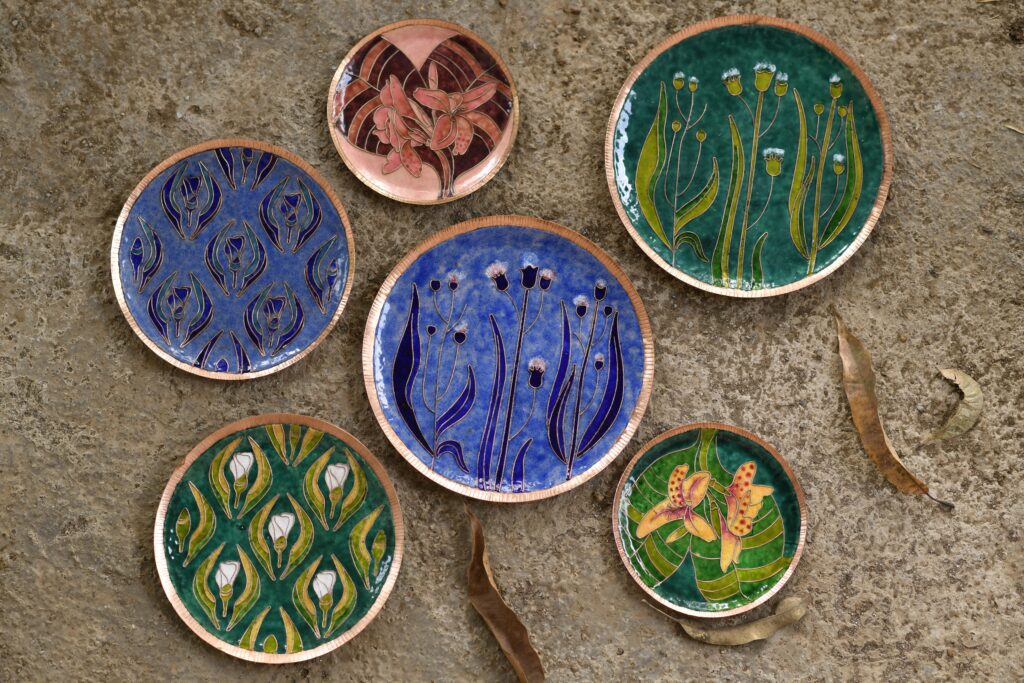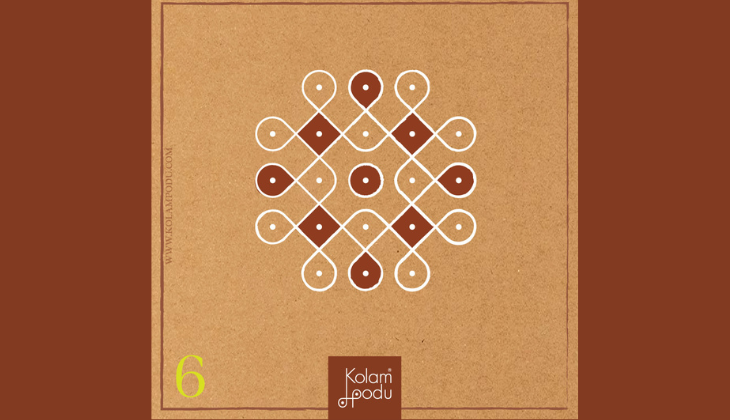Have you heard of Chitrakathi art or crafts like copper enameling? What about abstract art like Jackson Pollock, Renaissance art, Expressionism etc.? A lot of us are likely to have heard of at least one of the latter as opposed to the former.
While art auctions and exhibitions build a perception of high value, this is seen more widely abroad. However, only a niche audience views Indian arts and crafts with value. India’s rich heritage and culture contributes to a beautiful spectrum of arts and crafts across the country. They are slowly lost due to lack of awareness. This is where EkiBeki steps in, a company that prizes rural craft above all, giving it a contemporary flair to create stunning pieces. They work towards making Indians more aware about the treasure trove of art in India, while also creating livelihoods for artisans.
Follow our conversation with Ms. Vishpala Naik Hundekari, co-founder of EkiBeki to know more about the journey of EkiBeki, a company that has been transforming the perception of Indian crafts and working towards creating more livelihoods in this sector.

Ms. Vishpala did her Architecture degree from Visvesvaraya National Institute of Technology, Nagpur & her post graduation in Furniture Designing from National Institute of Design (NID), Ahmedabad. Her father’s job led them to relocate to various places across India. This exposed her to the rural culture and heritage of India. This led to her inclination towards the lesser-known arts and crafts of rural India. All this inspired her to use traditional crafts in her job, designing urban interiors in Mumbai, and later co-founding EkiBeki.
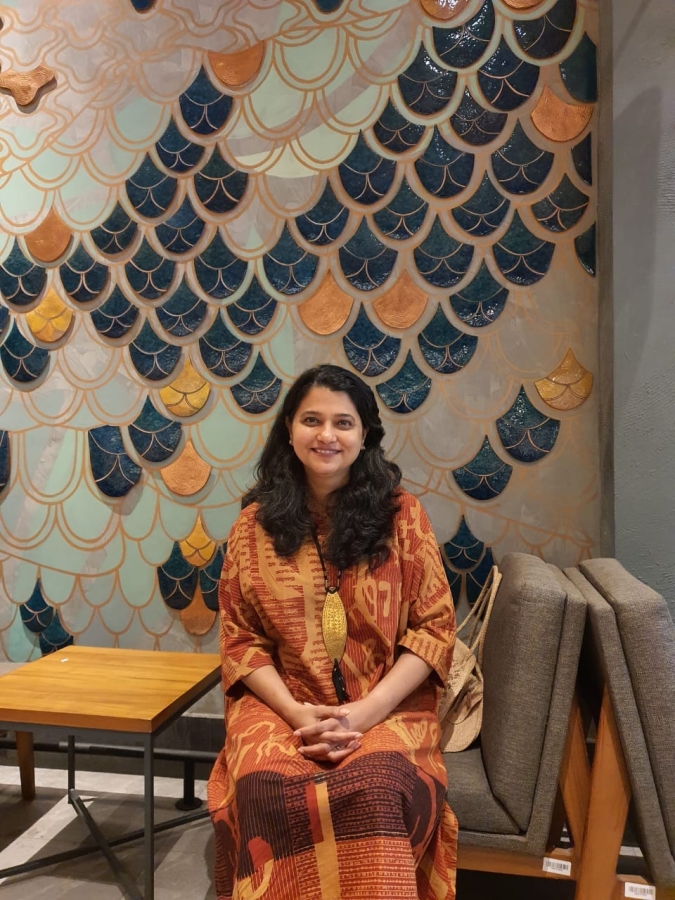
EkiBeki: Creating a strong foundation
In India, there is a lack of awareness and finesse about our arts and crafts. People would prefer to go abroad to buy paintings or art rather than buying them in India. The major issue here is branding. Art abroad is viewed as glamorous and sought after.
My projects that used traditional crafts in designing an urban space were very well appreciated. This led me to realize the missing elements of Indian craft that customers looked for. Our crafts tend to lack a contemporary style or cater to what the people want. The lack of awareness amplifies this even more so.
So, in 2018, I decided to co-found and launch EkiBeki as an NGO. We started working with a small group of artisans. For example, copper enameling as a craft has only two families involved with a handful of people knowing the skills to hone this craft. We aimed to enable artisans to give tools and connect them to the market so they can sell products. Artisans don’t have the bandwidth to go out and sell their products. However, being an NGO, it limited us from selling products and helping these artisans. Due to this, in 2019 we had to branch out and establish a profit-based entity as well, EkiBeki India Pvt Limited.

Thus, our organization is built on a hybrid model, something very common in this field of work. Such a model helps us enable artisans to make more crafts, while we create a market for them. This ensures selling of craft products at the right price point and offers livelihood to artisans. While it is a hassle to run two companies, it is also very essential, and we have further simplified the model by using the profit organization to sell products and the profits go back into the NGO. All transactions remain separated with two separate boards heading both organizations. The NGO also helps train artisans and receive grants for the same.
Customers, the life source of the business
Our typical customer is someone who is interested in the Indian arts and craft scene. But along with this they also tend to have some global perspective and may have been abroad as well, and hence looking to make their homes more contemporary. Now-a-days, a lot of people from Tier-2 cities have also shown interest in our products.
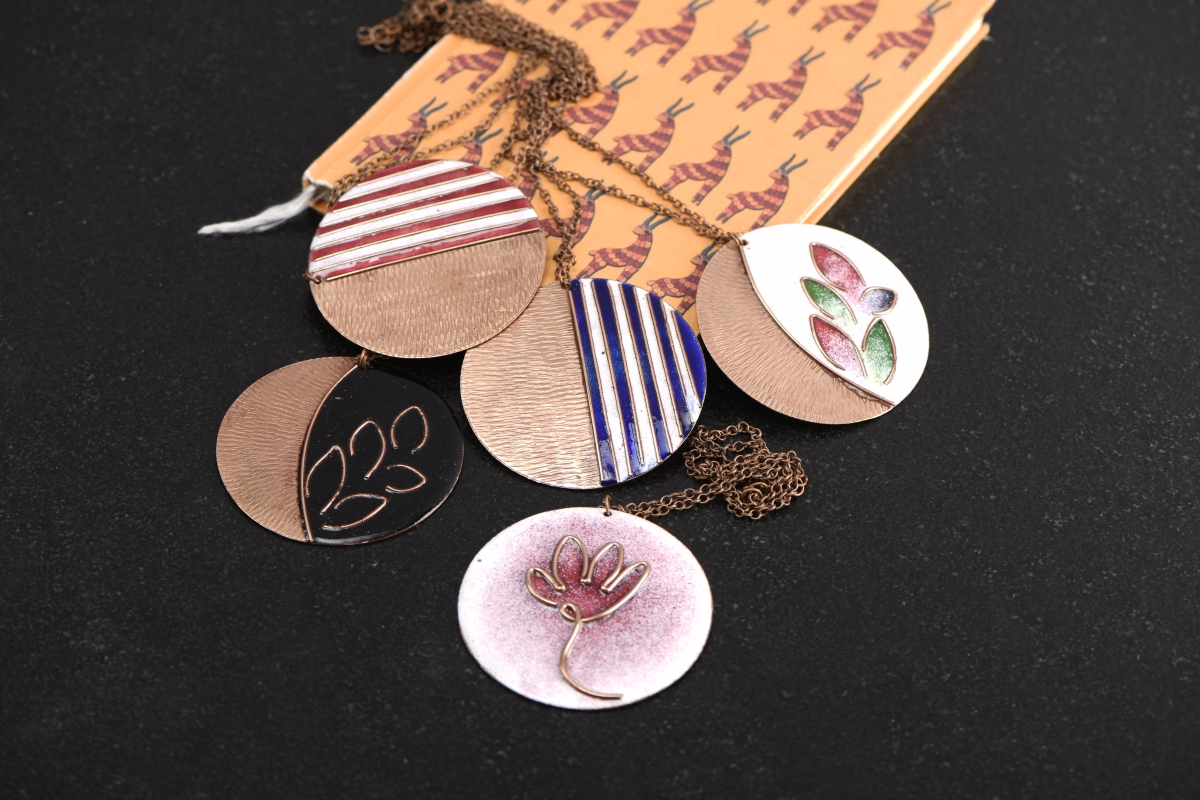
We specialize in three major product spheres, home décor, jewelry, and stationery. Due to the diversity of our products, we see a wide age range of customers from the twenties all the way to late fifties. Stationery products are unisex and very popular among the young generation. The home décor sector is majorly targeted towards women in their thirties and forties.
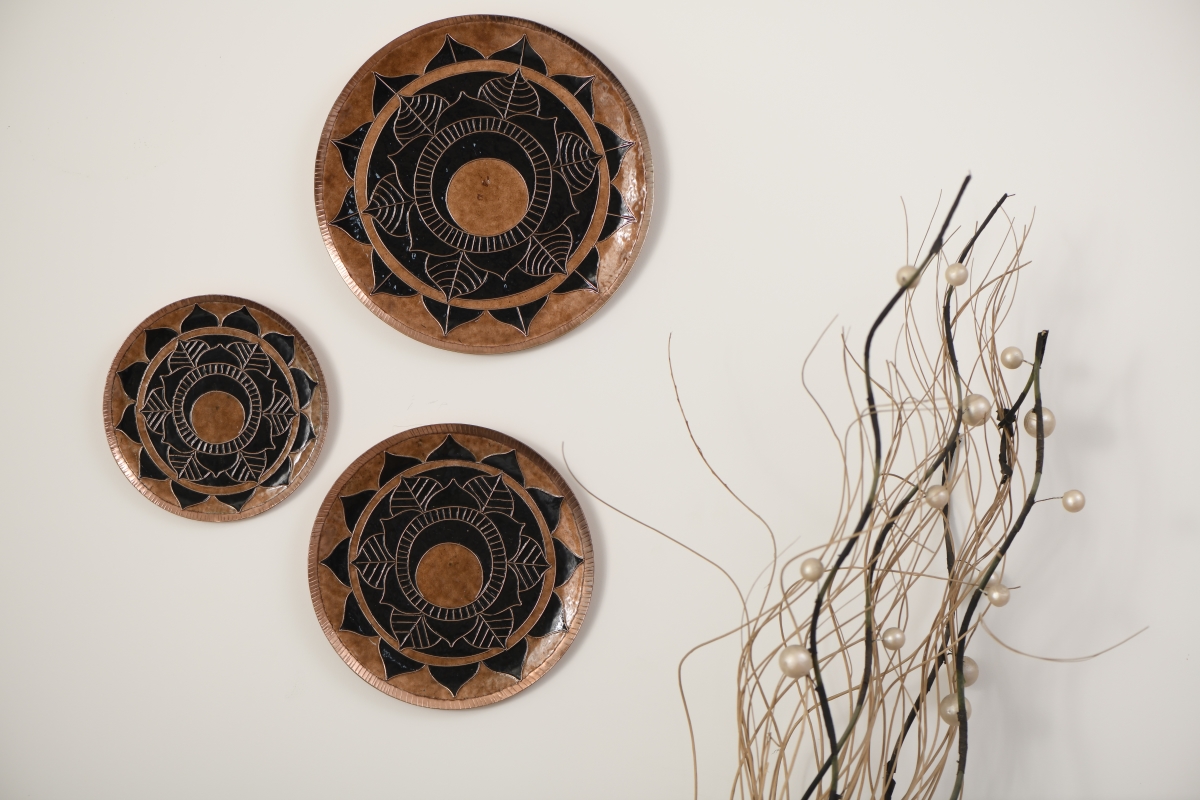
Our products are also very popular for gifting on special occasions, and we also cater to corporate gifting. A huge base of our clientele also comes from the NRI crowd, especially during December and June when they come to India and want to take back mementos or gifts. Our customers are usually slightly aware and conscious of the social agenda and are ready to pay the extra 5% for rural artisans and to preserve culture.
Conquering Daily Hurdles- The struggle of artisans
Our primary challenge was to make artisans believe that they could earn a steady livelihood through their craft and skills. With rural artisans barely getting enough pay for their skills and crafts, their children, the younger generation started migrating to different job options. After seeing the struggles their parents went through, they didn’t believe they could make a living through the same skills. However, by paying artisans what they deserve and showing that their craft and talent matter has changed the minds of the younger generation.
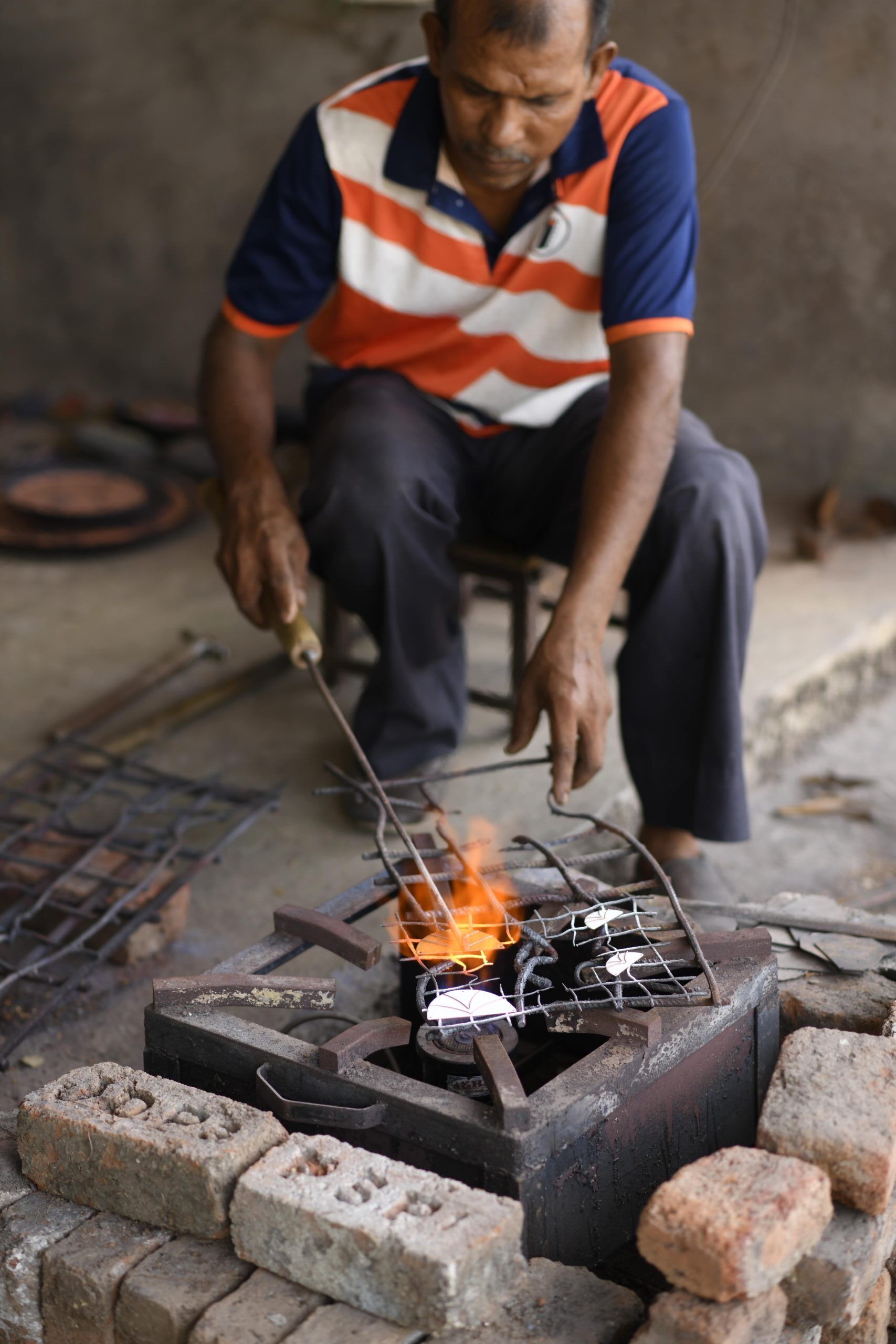
Three children of artisans have come back to their villages and are working full-time. One of them is even a diploma holder in engineering, and now works as a Chitrakathi artisan. In another case, the Alibaug copper enameling industry was on the verge of shutting down. However with the children of artisans coming back and learning the required skills from their fathers, the art form has come back to life.
We worked on explaining the importance of standardization to them, as well as making the products based on customer specification.
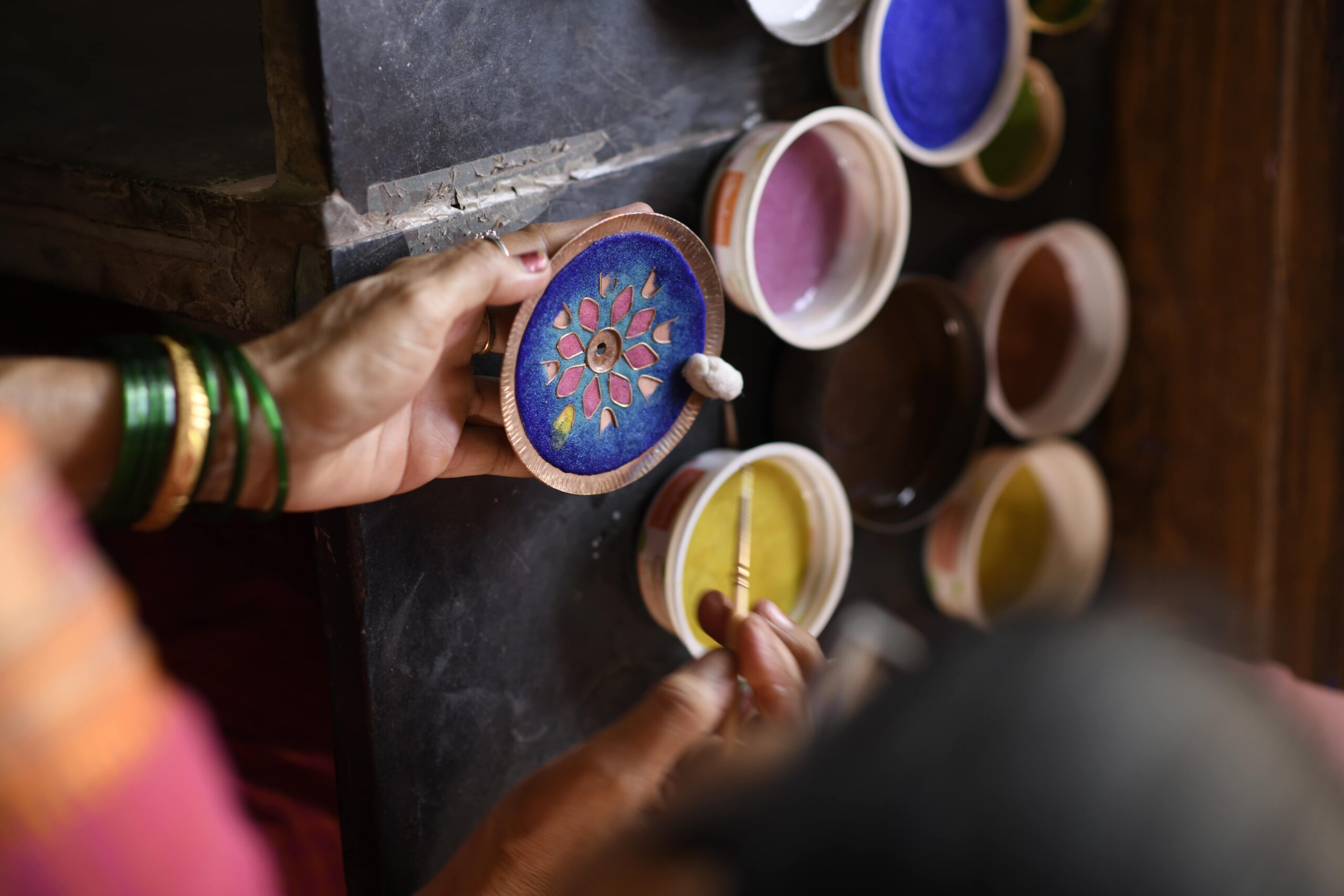
We trained 100+ women in Odisha to be able to utilize the three-four hours that they have in a day. The goal was to help them achieve maximum production while maintaining quality. Creating molds and standard measurement processes helped us achieve this. Due to this, even if the products are made at different places, they are similar but maintain a handcrafted element with little variations between each product.
The Stakeholder of Change: The Market
The market is constantly evolving, making it very hard to predict. In 2020, we had started building a strong network leading to good market reach. However, just then the pandemic hit. We had to completely pivot to a business model of selling our products online. Fortunately, , this turned out to be a blessing in disguise, as now 40% of our sales happen through online channels. We are also on 15 major online portals. All of this happened during the lockdown period which we tried to use to our own good.

With the ever-changing nature of the market and customers wants, we must constantly innovate and evolve. Something that sold well last year may not sell well this year due to changing trends. There are a lot of talented people out there making wonderful products, so people are always looking for new things. Therefore, creating new things within our boundaries is a challenge we have to take up on a daily basis.
The Power of Collaboration to build ecosystems
The work of NICEOrg imbues many of the core ideals that we also work on. Art and Craft have great cultural and heritage value. However, with migration (especially during COVID) we saw many people involved in this trade moving to cities to do more menial work such as becoming a security guard. This has been talked about before and is majorly due to the wages and low awareness of people about such a trade. If we start branding the work of artisans better through positive discourse, we can bring together and build Brand India. This not only prevents the problem of migrations, but also builds ecosystems in and around villages, all the while strengthening our roots.
Building ecosystems is integral to this venture and I believe collaborations is the way to go forward. The arts and crafts industry took quite the hit when COVID first occurred, and during this time I was the co-creator of a movement called Creative Dignity. Creative Dignity is a network of people who love crafts and are involved with the industry in India. The movements included artisans, organizations, NGOs, entrepreneurs, and various marketplaces. Together, we created various projects throughout COVID and kept the torch burning through tough times.
I think this goes to show why collaborations can be so beneficial in this industry. Starting out from scratch and reinventing the wheel every time is not required when we can build on what others have already achieved through a collaboration and giving everyone involved due credit. To build any ecosystem, acknowledging all the stakeholders and learning from each other is the way forward. I can proudly say that we truly believe in this and work on these lines.
If your cultural enterprise is in any of our five focus sectors and you would be interested in being featured, write to us at namaste@niceorg.in.crafts
